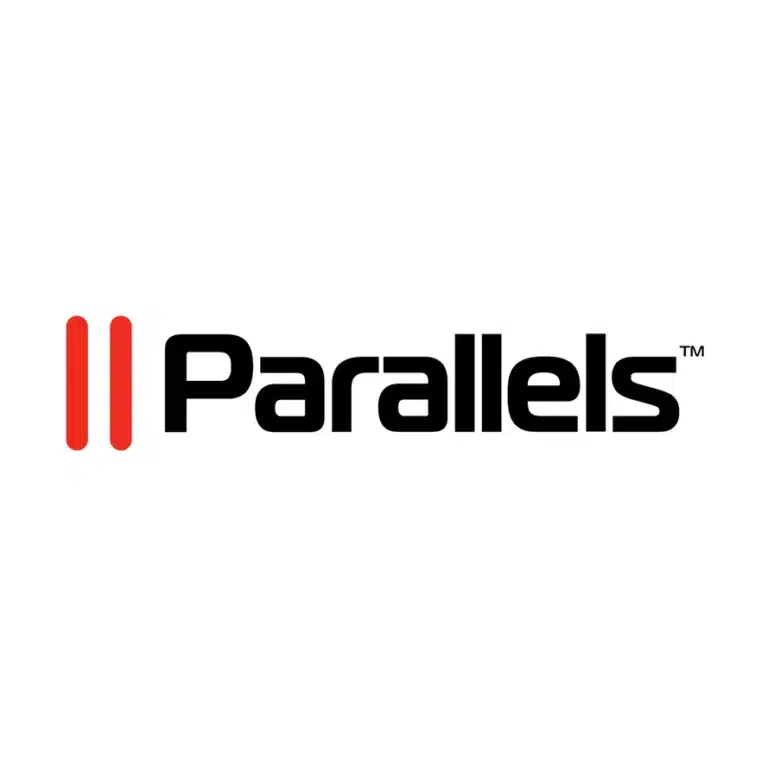Introduction to RPA Center of Excellence
In today’s fast-paced business world, automation isn’t just an option; it’s a necessity. As business owners, productivity enthusiasts, and technology enthusiasts, we understand that to thrive amidst rapid technological evolution, we need to embrace tools that streamline our processes. One such tool is the Robotic Process Automation (RPA) Center of Excellence (CoE). This article will explore the implementation framework of an RPA CoE.
Understanding RPA Center of Excellence
An RPA Center of Excellence is a dedicated team or function within a business that focuses on implementing and managing RPA solutions. By establishing a CoE, companies can harness automation to improve efficiency and reduce operational costs. It’s like having a powerhouse of experts who ensure that the RPA implementation aligns with the company’s goals and is scalable across different departments.
Building an RPA CoE involves careful planning, clear vision, and a commitment to ongoing learning and improvement. At Media & Technology Group, LLC, we’ve helped numerous businesses navigate this journey successfully, proving that intelligent automation is, indeed, crucial for business survival.
Why is an RPA Center of Excellence Essential?
Incorporating an RPA CoE into your business model offers numerous benefits:
- Streamlined Operations: Automate repetitive tasks to boost efficiency.
- Cost Reduction: Lower operational costs by reducing human errors.
- Consistency and Quality: Maintain high-quality standards consistently.
- Scalability: Easily scale automation solutions across the organization.
Each of these benefits significantly enhances business productivity and aids in staying competitive in today’s digital age.
How to Implement an RPA Center of Excellence Framework
To establish a successful RPA Center of Excellence, we’ll need to follow a structured approach. Let’s delve into the key aspects of implementing an RPA CoE framework.
1. Define the Vision and Scope
Before initiating the RPA CoE, it’s important to define a clear vision. What goals do we aim to achieve with RPA? The scope should be broad enough to accommodate changes and improvements, yet specific enough to ensure alignment with business objectives.
Understanding the company’s core processes and identifying which can be automated is crucial. This means conducting a thorough analysis of current workflows to pinpoint the best candidates for automation.
2. Assemble a Skilled RPA Team
The success of an RPA Center of Excellence depends largely on the expertise of the team. This team should include individuals with diverse skills such as:
– Project Managers to oversee the implementation
– RPA Developers to design and develop automation solutions
– Business Analysts to identify automation opportunities
– IT Personnel to ensure seamless integration with existing systems
A well-rounded team ensures that all angles of RPA implementation are covered, minimizing risks and maximizing efficiency.
3. Choose the Right RPA Tools
Selecting the right tools is crucial. Factors to consider include ease of use, scalability, and the level of technical support available. Popular RPA tools on the market include UiPath, Blue Prism, and Automation Anywhere. Each of these tools comes with unique features, so it’s important to choose one that aligns with the company’s specific needs.
Media & Technology Group, LLC has expertise in evaluating and selecting the most suitable RPA tools that fit individual business requirements.
4. Define Governance and Control Processes
An RPA CoE must have clear governance and controls in place. This includes setting up policies, standards, and best practices. A well-defined governance structure ensures that all RPA initiatives align with business goals and regulatory requirements.
Regular audits and reviews should be scheduled to assess the effectiveness of the RPA implementation and ensure continuous improvement.
5. Develop a Roadmap and Training Plan
Creating a roadmap is essential to guide the RPA CoE implementation. This roadmap should outline the specific projects, timelines, and resources required for each phase.
Additionally, training is a significant part of the CoE framework. Team members should be adequately trained on the chosen RPA tools and processes to ensure smooth execution.
6. Measure and Optimize Performance
Once the RPA CoE is in place, continual performance monitoring is key. We should establish metrics to measure the success of the automation efforts. Metrics may include cost savings, time reduction, and error rates.
Feedback loops should be established to gather input from all stakeholders, allowing for ongoing optimizations and enhancements.
Challenges and Solutions
Implementing an RPA CoE may come with its challenges. Resistance to change is common, and some employees may fear job loss. Transparent communication and involvement of all stakeholders in the planning stage can alleviate these concerns.
Another challenge is handling exceptions. Not all processes can be fully automated, and some exceptions require human intervention. Designing workflows that accommodate such exceptions is vital.
With our comprehensive support at Media & Technology Group, LLC, businesses can overcome these challenges and fully realize the benefits of an RPA CoE.
Conclusion
A well-implemented RPA Center of Excellence acts as a catalyst for business transformation. By automating tedious tasks, we free up human resources for more strategic activities, ultimately driving growth and innovation.
With an RPA CoE, businesses can adapt to technological changes swiftly and efficiently. At Media & Technology Group, LLC, we’re committed to helping businesses embrace intelligent automation, ensuring they remain competitive in a tech-driven world.
If you want to explore how an RPA Center of Excellence can benefit your business, reach out to us for a consultation. Let’s embark on this journey together and secure a thriving future for your company through smart automation solutions.






